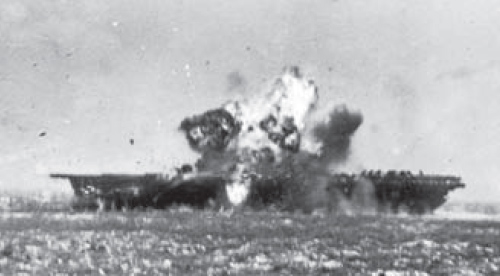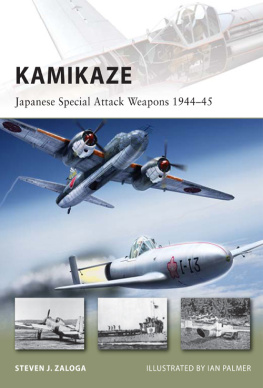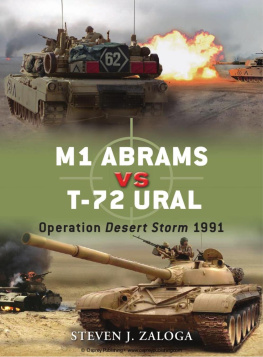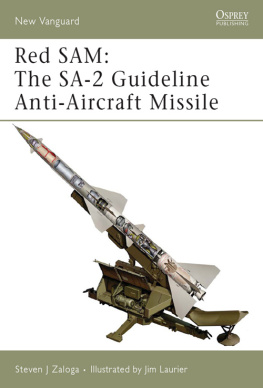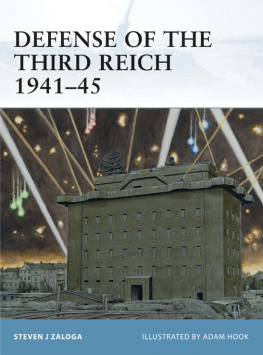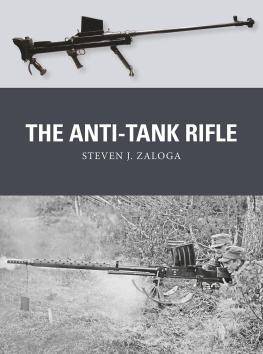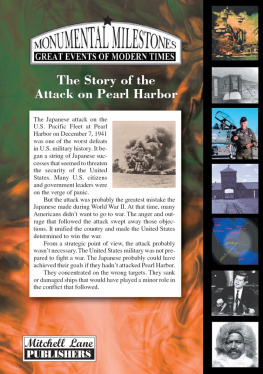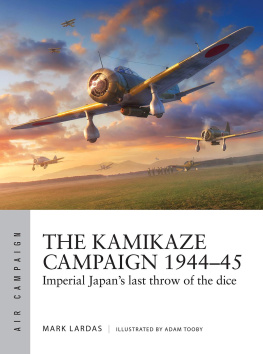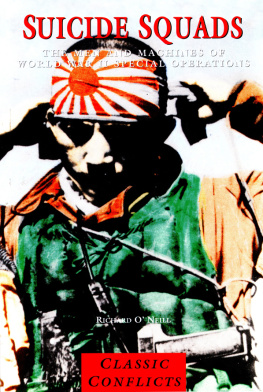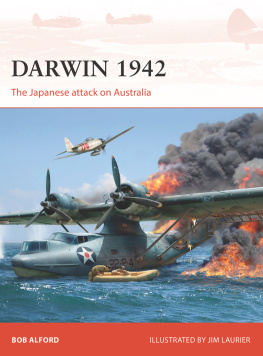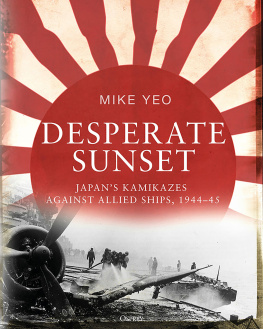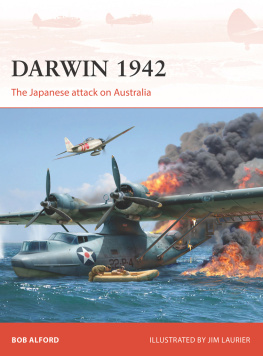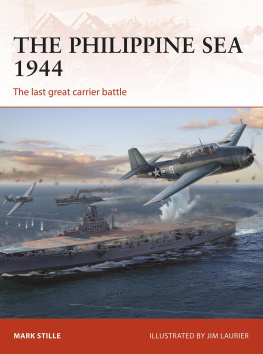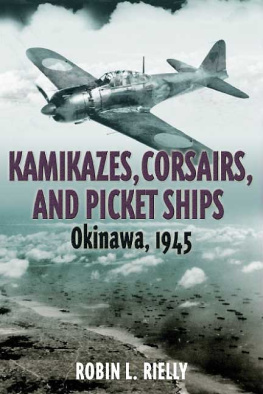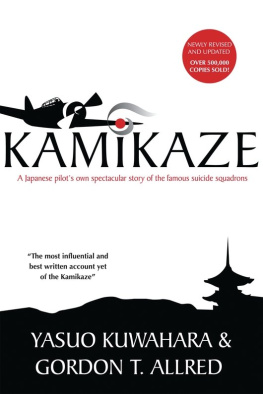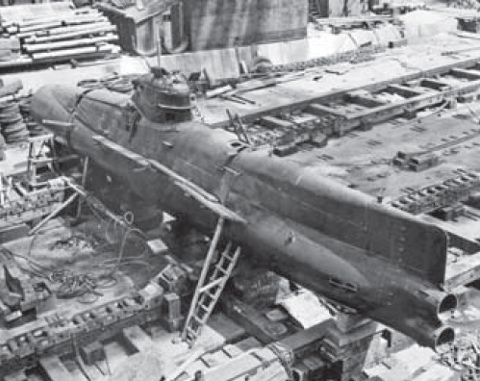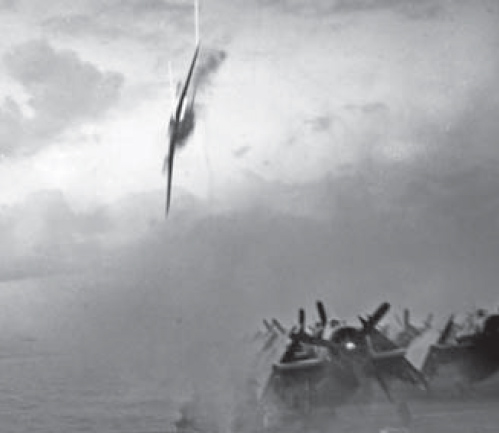NEW VANGUARD 180
KAMIKAZE
Japanese Special Attack Weapons 194445
STEVEN J. ZALOGA ILLUSTRATED BY IAN PALMER
CONTENTS
KAMIKAZE
JAPANESE SPECIAL ATTACK WEAPONS 194445
INTRODUCTION
By the autumn of 1944, Japan was facing the defeat of its armed forces, and a likely American invasion of the Home Islands in 1945. In desperation, they turned to suicide weapons, the legendary kamikaze. Although kamikaze aircraft are the best known of these weapons, there was a variety of special attack naval options, including human torpedoes, crash boats, and frogmen. The army also had its own last-ditch weapons, such as antitank lunge mines.
A postwar American study of Japanese air power concluded that the single most effective air weapon developed by the Japanese was the suicide plane. In contrast, the naval kamikaze weapons were more a dangerous nuisance than a serious threat to the US fleet. The special focus of this book is on the weapons designed in 194445 specifically for the special attack missions.
This dramatic image was taken seconds before this aircraft, probably a Yokosuka D4Y3 Suisei, narrowly missed the escort carrier USS Sangamon on May 4, 1945, off Kerama Retto, part of the 5th Kikusui wave. Moments later, the carrier was struck near the flight deck by another aircraft. (NARA)
ORIGINS OF THE KAMIKAZE TOKKO
By the spring of 1944, the Imperial Japanese armed forces were on a precipitous slide to defeat. Any technological and tactical superiority enjoyed by the Imperial Japanese Navy (IJN) and Army (IJA) in 1941 had been eroded away by more than two years of war. This weakening was especially evident in the balance of air and naval power. In the hope of regaining a measure of tactical parity, a number of junior IJN and IJA officers in 1943 proposed a variety of suicide weapons, including crash boats, human torpedoes, and human-guided rocket bombs. There was widespread resistance to such extreme measures and concern that they would be unacceptable to the Emperor. Prior to the start of the official kamikaze campaign in the autumn of 1944, however, there had been occasional instances of Japanese aircraft crashing into US ships, dubbed jibaku attacks by Japanese pilots, but they were neither ordered nor organized by higher authorities.
The US amphibious landings in the Marianas, starting on June 15, 1944, penetrated Japans inner defensive line and put US Army Air Force (USAAF) B-29 bombers within range of Japanese homeland. The IJN activated its A-Go plan, dispatching most of its surviving carrier force towards the Philippine Sea in hopes of a decisive naval battle that would reverse the course of the war in the Pacific. Instead, the IJN carrier aviation force was annihilated in the Marianas Turkey Shoot by the US Navy on June 19, 1944. The battle of the Philippine Sea clearly demonstrated that the IJN had lost the edge it previously had over US carrier aviation and the balance of air power had shifted irredeemably in favor of the Americans.
In mid 1944, secret discussions were held among senior Japanese commanders about using organized suicide attacks as a means to restore a Japanese advantage. Following the battle of the Philippine Sea, Rear Adm Obayashi, commander of the 3rd Carrier Division, volunteered to form suicide units. Due to the Emperors ambivalent attitude towards this extreme tactic, the euphemism of Tokko (Tokubetsu kogeki: special attack) was used by the military for these tactics. In September 1944, the commanders of the IJA 4th Air Army and the IJNs 1st Air Fleet conducted a set of tests to examine bomber accuracy against ships in Manila harbor. The experiments concluded that only one in four well-trained crews would hit the target on average, while the expectation was that even a modestly trained suicide pilot would hit his target every time. With the start of US amphibious landings on Leyte in October 1944, the focus of the new Tokko tactics centered on the Philippines.
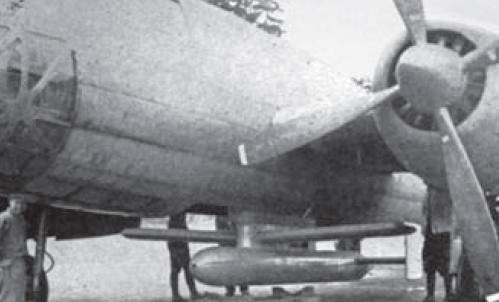
Japans difficulties with advanced technologies accelerated the slide into desperate measures like the kamikaze. This is a Mitsubishi Ki-147 I-Go-1 Ko missile under a Mitsubishi Ki-67 Hiryu bomber, one of a number of failed attempts at developing guided anti-ship missiles. (NARA)
A Yokosuka D4Y3 Suisei bomber piloted by Lt Yoshinori Yamaguchi of the 701st Air Group moments before impacting on the deck of the carrier USS Essex on November 25, 1944, during the fighting in the Lingayen Gulf off the Philippines. The strike killed 15 and injured 44, but the carrier was back in action by mid December 1944. (NARA)
The IJA began recruiting Tokko crews in July 1944 for two special units, which would be equipped with converted bombers armed with large warheads capable of sinking major warships. The Banda Squadron was formed around a dozen Ki-49-II Donryu (Storm Dragon, known by the Allied codename Helen) bombers, and the Fugaku Squadron had the same number of Ki-67 Hiryu (Flying Dragon/Peggy) bombers, both types fitted with special 1,760lb (800kg) warheads. These units did not arrive in the Philippines until October 2425 owing to delays in converting the aircraft. As a stop-gap measure, the 4th Air Army in the Philippines organized improvised Tokko units by arming Ki-43 Hayabusa (Peregrine Falcon/Oscar) fighters with bombs. Japanese Army accounts identify an attack on September 13, 1944, by two aircraft from the 31st Fighter Squadron from Los Negros and an attack by three fighters on September 2122 as among the first authorized Tokko attacks. These claims remain controversial, however, and most accounts point to the navy missions a month later as the true start of the kamikaze missions.
On October 15, 1944, Rear Adm Masafumi Arima, commander of the 26th Air Flotilla in the Philippines, attempted to crash a Yokosuka D4Y Suisei (Comet/Judy) bomber into a US carrier. A later Japanese account noted that This act of self-sacrifice by a high flag officer spurred the flying units in forward combat areas and provided the spark that touched off the organized use of suicide attacks in the battle for Leyte. When Vice Adm Takijiro Onishi took over command of the IJNs 1st Air Fleet in the Philippines on October 17, 1944, he promptly began organizing the first IJN Tokko unit under his own initiative. Onishi, previously an opponent of Tokko tactics, argued that as long as the pilots were going to die in a combat operation, then their deaths should not be futile. Volunteers were sought from the ranks of the 201st Air Group in the Philippines to form the Shimpu Tokubetsu Kogekitai (Divine Wind Special Attack Unit), named after the typhoons that had wrecked the Mongol fleet during an attempted invasion of Japan in 1274. The divine wind ideogram can be pronounced either as Shimpu or Kamikaze while the former was used by Adm Onishi, the later pronunciation was the more common form, and is the version used here.
